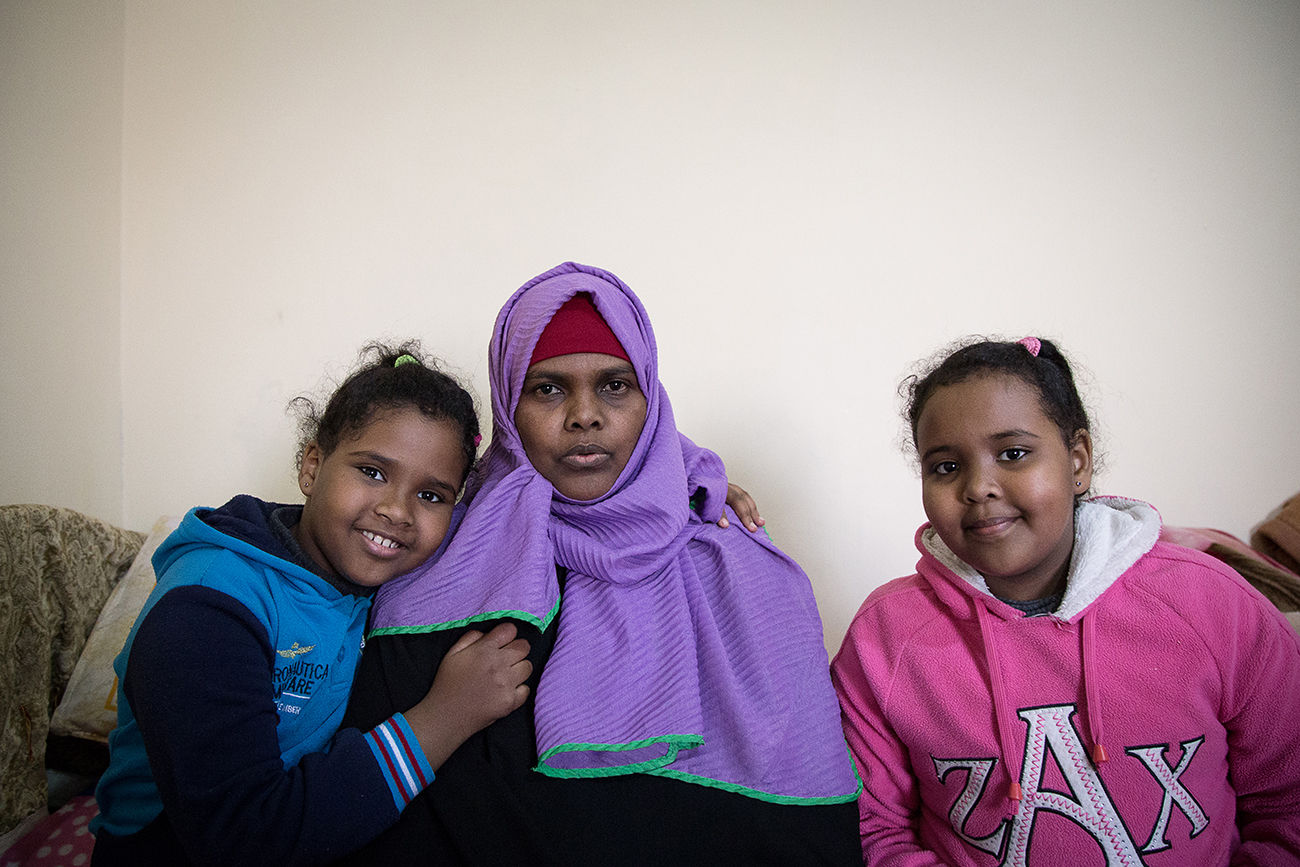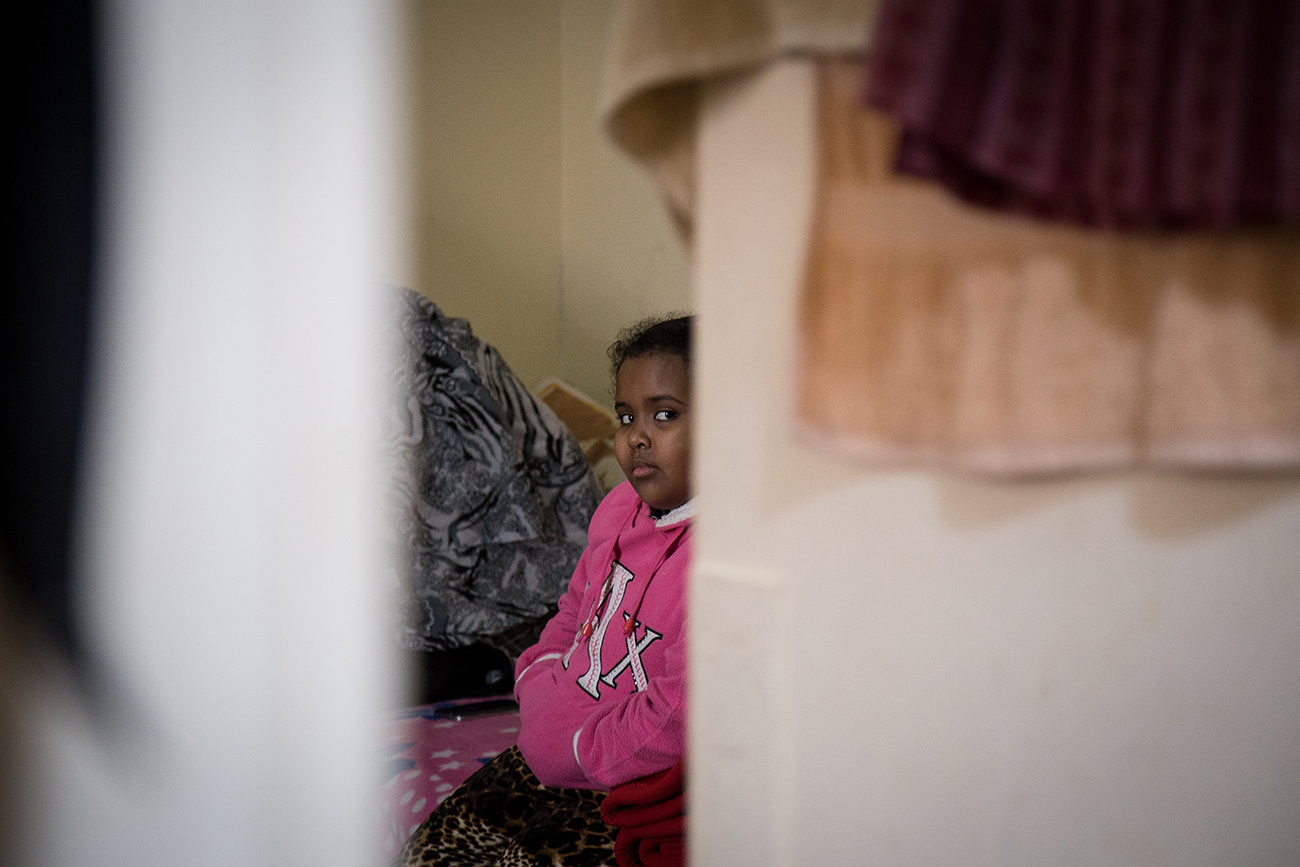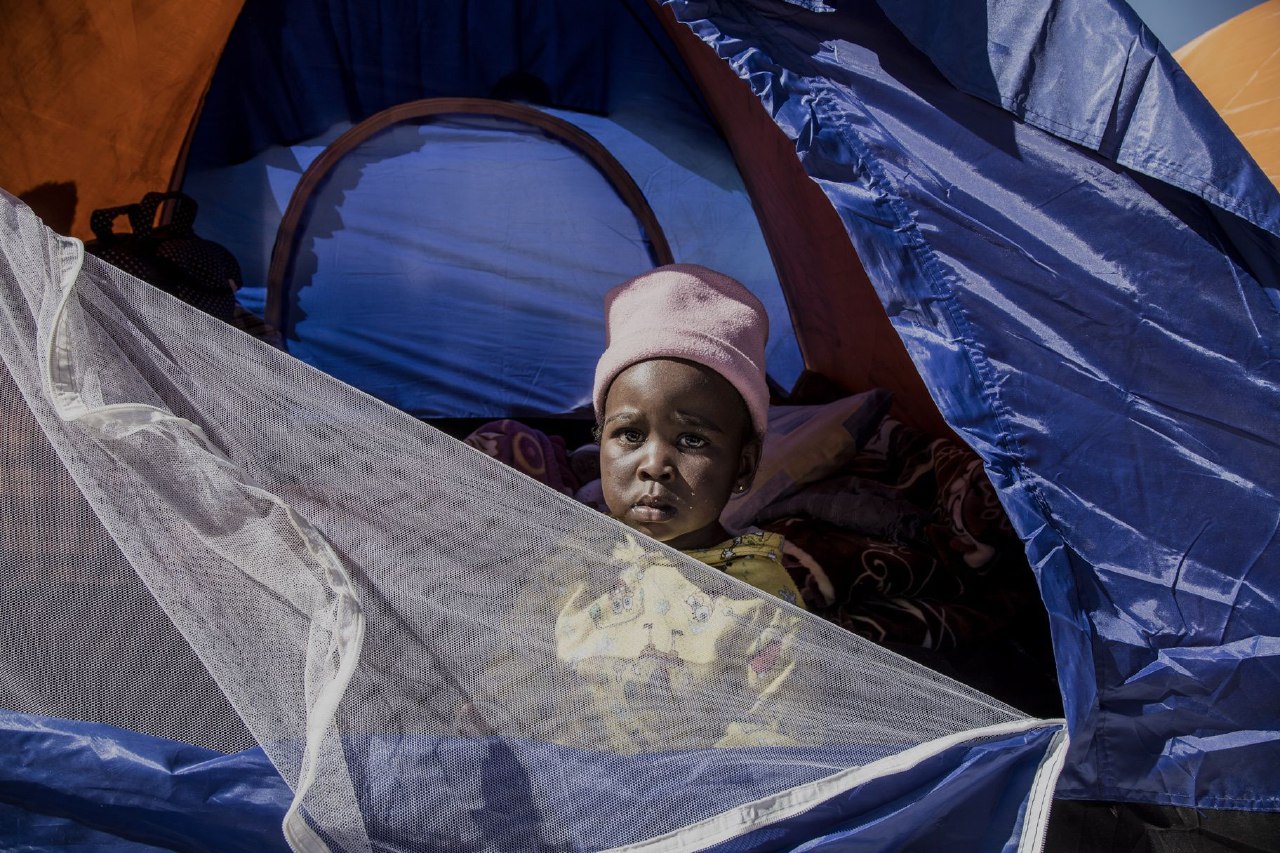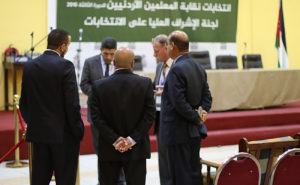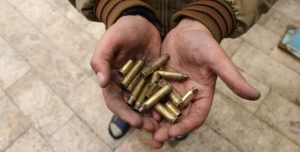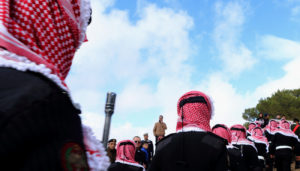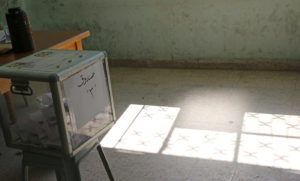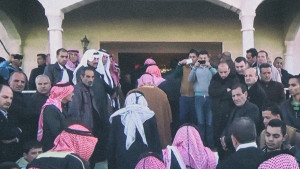“The Syrians and the Iraqis are not better than us. All of our neighbors are Syrian. If their kids get sick, they can go to the hospital and receive care. But when we go, they say they aren’t offering treatment to Somalis… We are refugees too.”
These are the words of Aisha, a Somali refugee who arrived in Jordan in 2012 after a 15-year odyssey that included periods of time in both Djibouti and Yemen. Aisha was separated from her family after her father’s murder in Mogadishu in 1997, an event that sent her to Djibouti and then to Yemen where she married and worked as a nurse, giving birth to two children. After her husband’s death, Aisha came to Amman.
Aisha was never recognized as a refugee in Yemen, but received her Asylum Seeker card in Amman in 2013, after coming to Jordan seeking treatment for her daughter Ruweida, who was suffering from a heart defect. In Jordan, Aisha was able to enroll her two daughters in school, with the assistance of UNHCR which also covered the costs of Ruweida’s treatment at the Italian Hospital. Initially, Ruweida improved under a regimen of different medicines, but later her condition deteriorated after she contracted asthma.
Aisha noticed a change in the conditions of Somali refugees after the influx of Syrians to Jordan. For example, UNHCR’s coverage of Ruweida’s treatment was withdrawn. Aisha remembers the night she brought Ruweida to the hospital with a fever of over 40 degrees Celsius, only to hear from the duty nurse that the hospital “wasn’t currently accepting Somalis.” Aisha never received an official explanation for that decision but she attributes the change to the presence of Syrian refugees.
For his part, al-Hawari denies that UNHCR discriminates between refugees on the basis of nationality, pointing out that Syrian refugees actually receive less support per capita from UNHCR given that they receive assistance from the World Food Program (WFP) and the Jordanian government. “The financial assistance received by refugees of different nationalities is higher than that received by Syrians,” says al-Hawari.
Aisha’s two daughters dream of moving to America because, in their opinion, it is a beautiful country that promises them a better future. The girls acquired these opinions from their Somali friends who left Jordan for the United States and who tell the girls about the “beautiful bags, schools and colors” in the country. Aisha shares the girls’ dream of being resettled in the United States, where she can search for a better life. Like others, Aisha refuses voluntary repatriation to Somalia given the danger there.
This is only a sample of the African refugees living in Amman interviewed by 7iber. The experiences shared by these individuals and their families provide a glimpse of the many challenges faced by refugees in Jordan, ranging from the lack, or total absence, of material assistance to discrimination based on ethnicity. Of course, all of these challenges are compounded by the uncertainty of what the future holds for them after having escaped death in their former countries and as they await undetermined dates for resettlement beyond Jordan.
